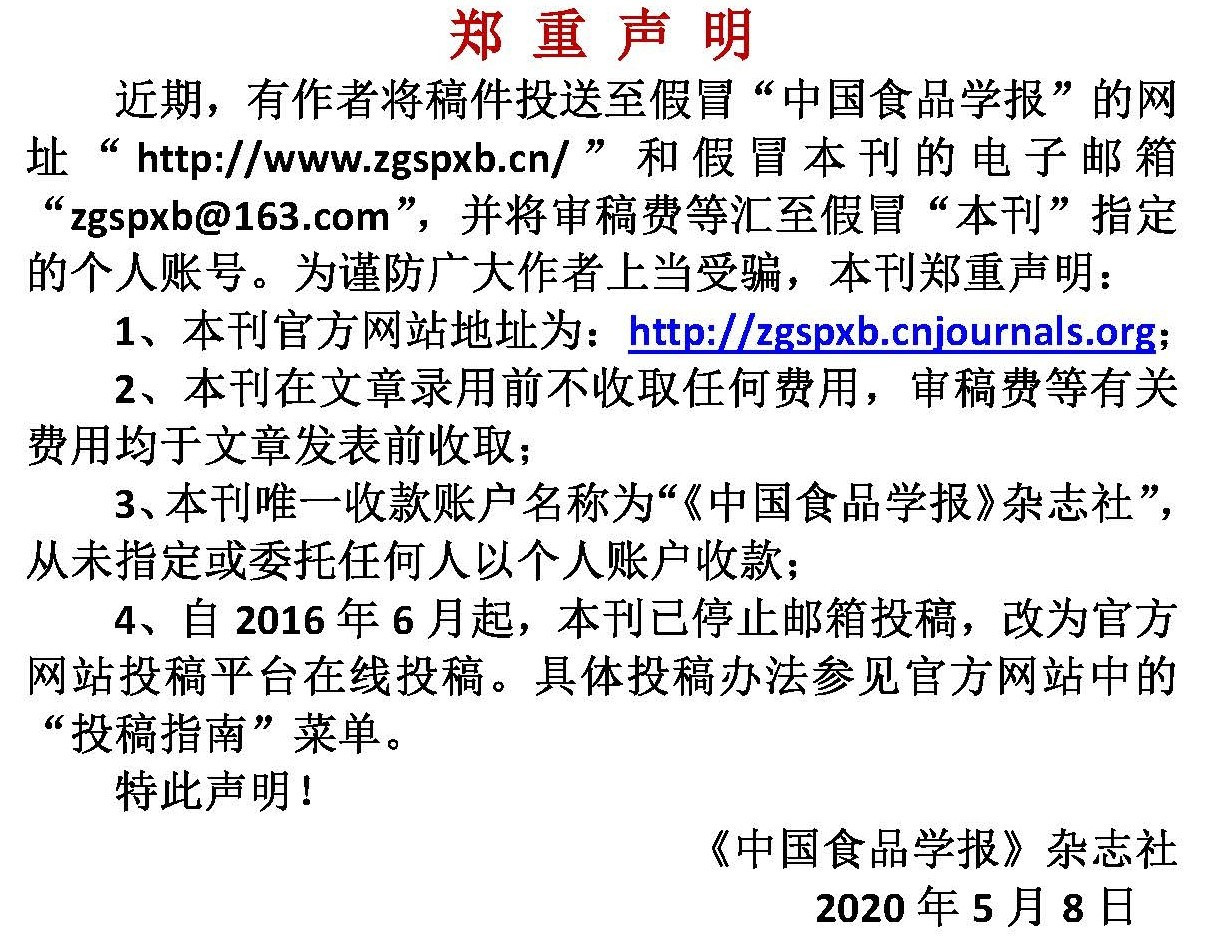Risk Assessment of Maximum Fortification Level of Minerals in Foods
Author:
Affiliation:
Fund Project:
引用本文
李湖中;钟 伟;黄 建;于冬梅;韩军花;李 宁;刘爱东.食品中矿物质最高强化水平的风险评估[J].中国食品学报,2020,20(6):263-269
复制分享
文章指标
- 点击次数:
- 下载次数:
- HTML阅读次数:
历史
- 收稿日期:
- 最后修改日期:
- 录用日期:
- 在线发布日期: 2020-07-07
- 出版日期:
版权所有 :《中国食品学报》杂志社 京ICP备09084417号-4
地址 :北京市海淀区阜成路北三街8号9层 邮政编码 :100048
电话 :010-65223596 65265375 电子邮箱 :chinaspxb@vip.163.com
技术支持:北京勤云科技发展有限公司
地址 :北京市海淀区阜成路北三街8号9层 邮政编码 :100048
电话 :010-65223596 65265375 电子邮箱 :chinaspxb@vip.163.com
技术支持:北京勤云科技发展有限公司
